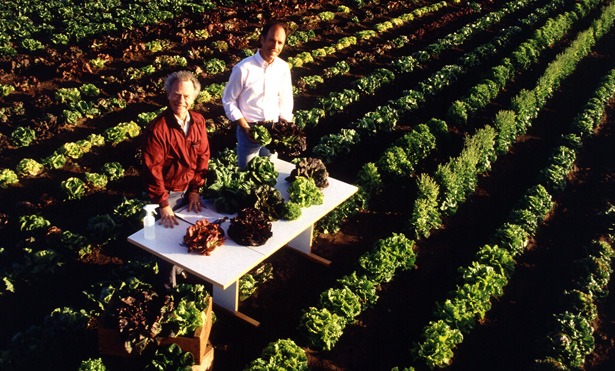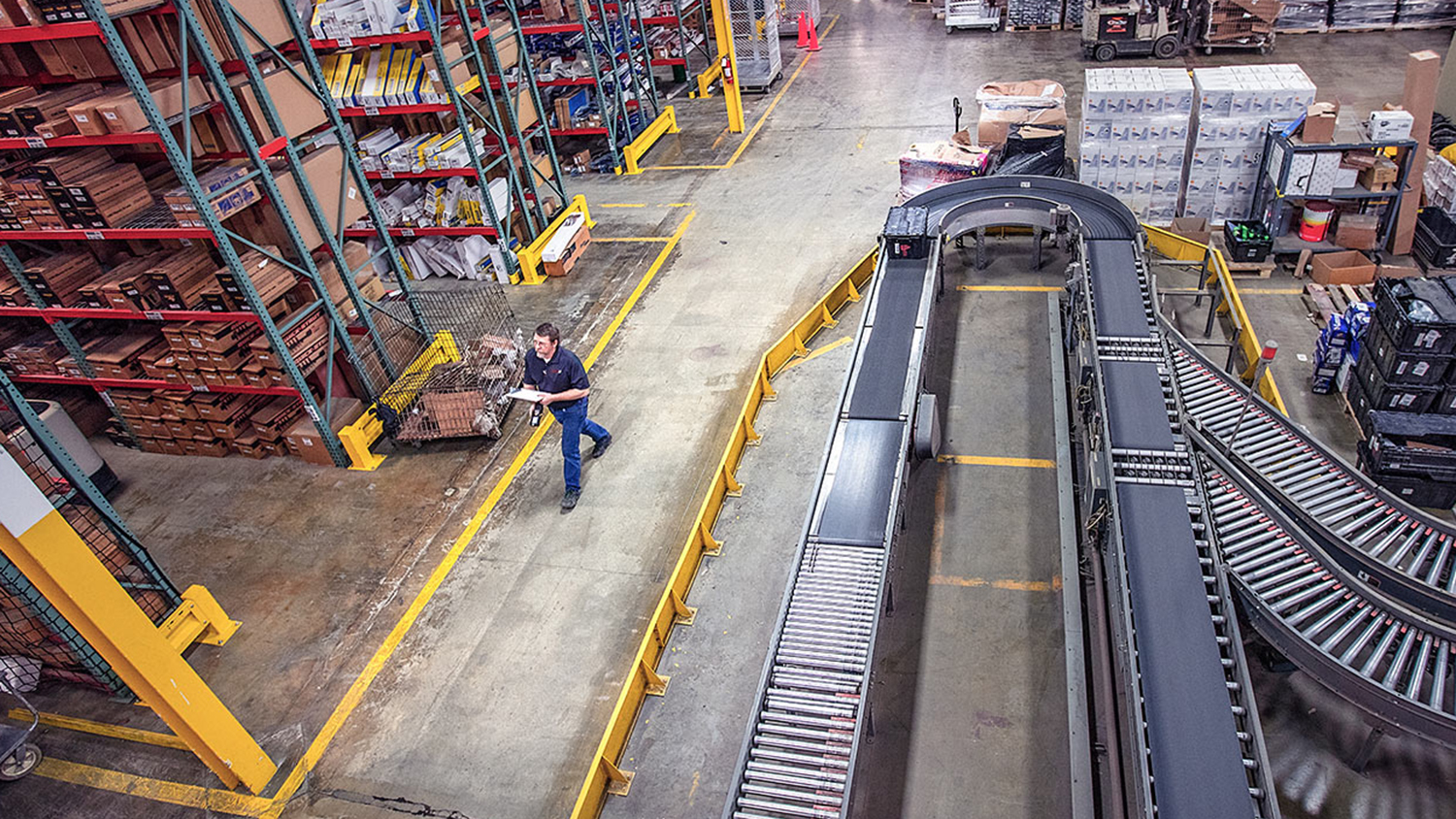How Can I Wash All the Pesticides off My Food?


Note: This post is part of an ongoing series in which we try to answer questions about the science behind food – from farm to fork. If you have a food-related question, please let me know at matt_shipman@ncsu.edu.
What is the best way to wash all the pesticides off your food? The bad news: you can’t. The good news: you shouldn’t worry about it too much.
If there is any pesticide residue on the outside of your food, your best bet for removing as much as possible is to wash it vigorously under running water. (Don’t use soap or you could actually be adding chemicals to the produce.)
But you won’t get it all, and some of the residual pesticide is probably inside the food anyway. Here’s the thing though: you don’t need to freak out about this.
If farmers are using a pesticide in accordance with that pesticide’s label requirements (which is what they are legally required to do) then there is something called a “pre-harvest interval.”
“A pre-harvest interval is the length of time after a pesticide is applied that a farmer has to wait before harvesting the crop – and that interval is specified on each pesticide’s label,” says Chris Gunter, a researcher at NC State who focuses on vegetable agriculture.
The idea is that the pesticide is broken down, washed off or evaporated by sunlight, water or other environmental factors during the interval period. This means that any residual pesticide on (or in) the plant is within the tolerance levels established by EPA to protect human health. (If you’re curious, here’s how EPA assesses health risks from pesticides.)
“With improved technology and methodology, we can now detect extremely minute levels of pesticides,” Gunter says. “But being able to detect a pesticide doesn’t mean that it’s a public health problem.”
Another reason that you can’t wash off every trace of a pesticide is that some pesticides are designed to be incorporated into the plant itself, either absorbed through the plant’s “skin” or taken up through its roots. But those pesticides are also covered by the required pre-harvest interval requirements.
“As long as farmers are following the label, EPA has verified that the pesticides used don’t pose a meaningful risk to consumers,” Gunter says.
- Categories:


